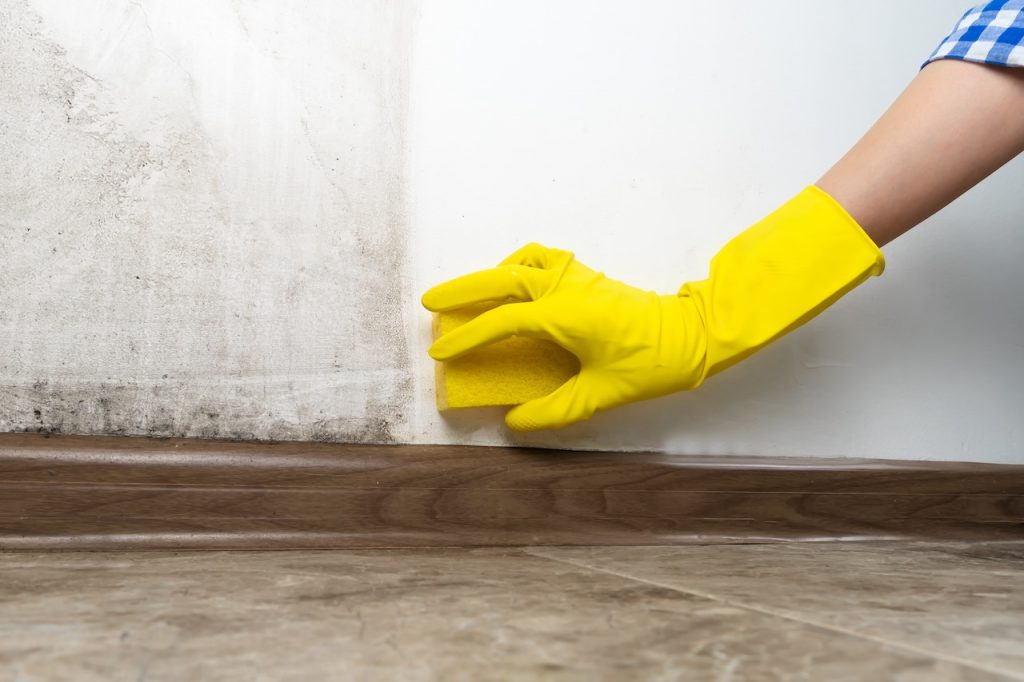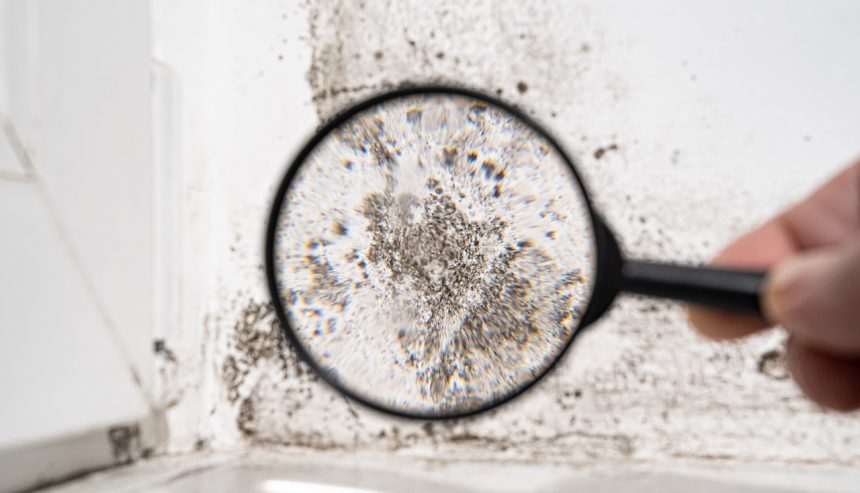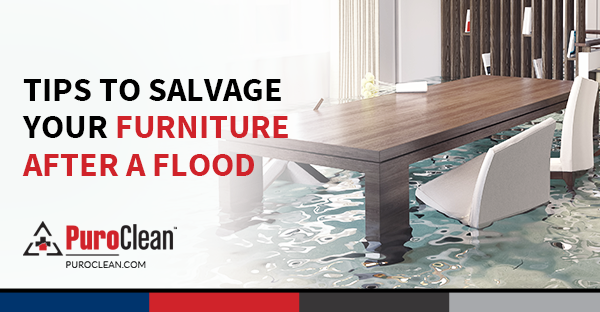When it comes to mold infestations in your home, it’s crucial to understand the differences between black mold vs. white mold. Both types can cause problems, but they vary significantly in appearance, health risks, and treatment methods. In this guide, we’ll explore these differences and provide tips on how to address mold issues effectively.
What is Black Mold?

Black mold is a big concern for homeowners and will likely require professional help.
Black mold, scientifically known as Stachybotrys chartarum, is notorious for its dark greenish-black appearance. It’s often found in damp, warm environments and can grow on materials with high cellulose content, such as paper, wood, and drywall. Black mold is particularly concerning due to the mycotoxins it produces, which can pose serious health risks.
Health Risks of Black Mold
Exposure to black mold can lead to various health issues, especially in individuals with respiratory conditions, allergies, or weakened immune systems. Common symptoms include:
- Chronic coughing and sneezing
- Eye irritation
- Mucous membrane irritation of the nose and throat
- Skin rashes
- Chronic fatigue
- Persistent headaches
If you suspect black mold in your home, you should seek professional help immediately. PuroClean of Oak Park offers expert mold remediation services to ensure your living environment is safe and healthy.
What is White Mold?

White mold will grow on organic material like rotten fruit.
White mold, on the other hand, refers to various fungal species that appear white and powdery. It thrives in cool, damp areas and can be found in organic materials like wood, fabric, and food. While white mold is less toxic than black mold, it can still cause structural damage and health issues if left untreated.
Health Risks of White Mold
White mold exposure can also lead to health problems, though typically less severe than those caused by black mold. Symptoms may include:
- Allergic reactions such as sneezing, runny nose, and itchy eyes
- Respiratory issues in sensitive individuals
- Skin irritation
Black Mold vs. White Mold: Key Differences
Understanding the differences between black mold vs. white mold can help you identify and address mold problems more effectively. Here are the main distinctions:
- Appearance: Black mold is dark greenish-black, while white mold is white and powdery.
- Growth Environment: Black mold prefers warm, damp conditions, whereas white mold thrives in cooler, moist areas.
- Health Risks: Black mold is more toxic and poses more significant health risks compared to white mold.
- Removal: Both types require careful handling, but black mold often necessitates professional remediation due to its toxicity.
Prevention and Remediation

Remember to use the proper protective equipment if you are cleaning mold yourself.
Preventing mold growth in your home involves controlling moisture levels. Here are some tips:
- Fix leaks and water damage promptly.
- Use dehumidifiers in damp areas.
- Ensure proper ventilation in bathrooms, kitchens, and basements.
- Regularly clean and inspect areas prone to mold growth.
If you do find mold, it’s crucial to address it quickly. While small patches of white mold can sometimes be handled with household cleaners and protective gear, black mold infestations should always be dealt with by professionals. PuroClean of Oak Park specializes in comprehensive mold remediation services, ensuring that all traces of mold are safely and effectively removed.
Expert Mold Remediation Services with PuroClean of Oak Park
Both black mold and white mold can wreak havoc on your home and health if not properly managed. By understanding the differences between black mold vs. white mold, you can take the necessary steps to protect your living environment. Trust the experts at PuroClean of Oak Park for expert mold remediation services. Contact us today (708) 665-6800 to ensure your home is mold-free and safe for your family.



